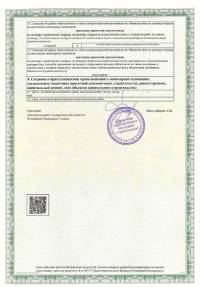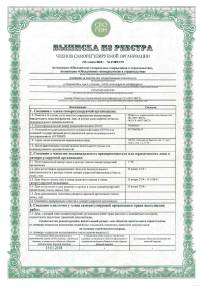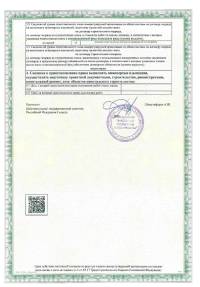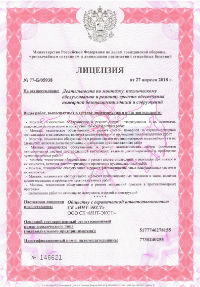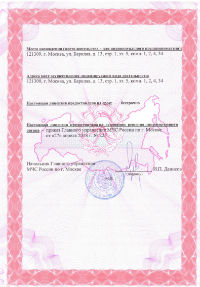Installation of VRV-systems
Quality air cooling in large buildings and structures is achieved by using multi-zone air conditioning systems - VRV (VRF). These are intelligent automation systems with a common network of freon lines. The cost of such equipment is generally determined by the manufacturer, by the route length and the number of units switched.
Installation of VRV (VRF): stages and specific features
When designing air conditioning system it’s necessary to take into account the need for a preliminary installation of the mounting frame or foundation for the outdoor VRV-system unit.
Installation of VRV-system is carried out after development of design and has several phases:
- civil works (drilling holes, fixing of trays and fasteners for the routes, installation of VRF indoor and outdoor units).
- electrical works (pulling of power, supply, control, signal cables).
- refrigerant cable routing (pipe soldering and connection of copper piping networks to indoor and outdoor units) and conducting leak tests for freon lines.
- works on the drainage system installation.
- freon line vacuuming, pressure testing.
- balancing and filling of system with freon and system startup.
It should be noted that VRF-system installation is a complex process with many tricks.
The most labor intensive part of the job is pulling freon lines (refrigerant passage routes). Installation of the indoor and outdoor units is physically much easier, but their connecting and setup require high qualification. Installation of VRV-systems requires fixing of copper pipes and refnets made of copper, with adequate thickness. It is important to monitor the quality of solder and the technology of flaring. Presence of plugs is also important to keep the pipes free of dust or other particles. In addition, the installation of VRF, namely pulling of freon lines requires leak test of routs through pressure testing of copper pipes with nitrogen.
It is also important to note that quality installation of VRV-systems implies the possibility of activating all the internal blocks of one system with a single automatic circuit breaker. Otherwise, it is not allowed to switch the other systems internal units to a single block. Experience has proven that the most acceptable way is to install the VRF-systems with connection of internal units to the control cable one after another. If it is impossible to do so, then a signal cable is pulled being branched from the central line to the indoor units.
Benefits of VRV and VRF air conditioning systems
- economic power consumption compared to the split-systems;
- affordable cost of the equipment, as VRF installation needs pulling of one common freon route;
- the ability to connect to the system a different number of indoor and outdoor units, as well as its extension in the future;
- ease of controlling the units using the wall and wireless remote controllers;
- low noise performance;
- presence of many options (self-diagnostics, auto-recovery in case of power supply disruptions, off-line operation).
Int-Ext Company will install VRV in compliance with the agreed terms, skillfully, accurately in accordance with the design and at an affordable price. Our specialists have the necessary qualification and experience in this type of work which allows us to guarantee a good result.
Request for Proposal
A request sent to Int-Ext company will not remain unanswered. We will quickly analyze it and get in touch with you to prepare a proposal as per your request. Please fill in the form below.



